6 Ways to Improve your Badminton match observations
How many Badminton matches have you watched?
I guess the number must run into the 100’s if not 1,000’s
Have you ever tried to take notes whilst looking for those critical elements to help your players?
How did you make sense of all the movements in front of you?
There is so much to look at its easy to get confused or miss something.
- I think that it’s important to record something, to develop your observational skills.
- Any information is valuable as it will help you and your players in the next training session.
- But please don’t rely on your memory, it isn’t as reliable as you think 🙂
- Years ago people told me that there are crucial points in a match when simple mistakes happen. It was an interesting thought but how could I prove this.
- I needed to know how to go about recording the things I observed.
Maybe you were like me and didn’t know the tip and tricks used by top coaches when watching matches
– – – – – – – – – – – – – – – – – –
These tips will give you some ideas to try out at the next tournament
1 Position yourself
2 Decide what to look for
3 Record them
4 Notation methods
5 It’s tough at the start
6 It’s a skill to be developed
– – – – – – – – – – – – – – – –
1 Position yourself (and be alone)
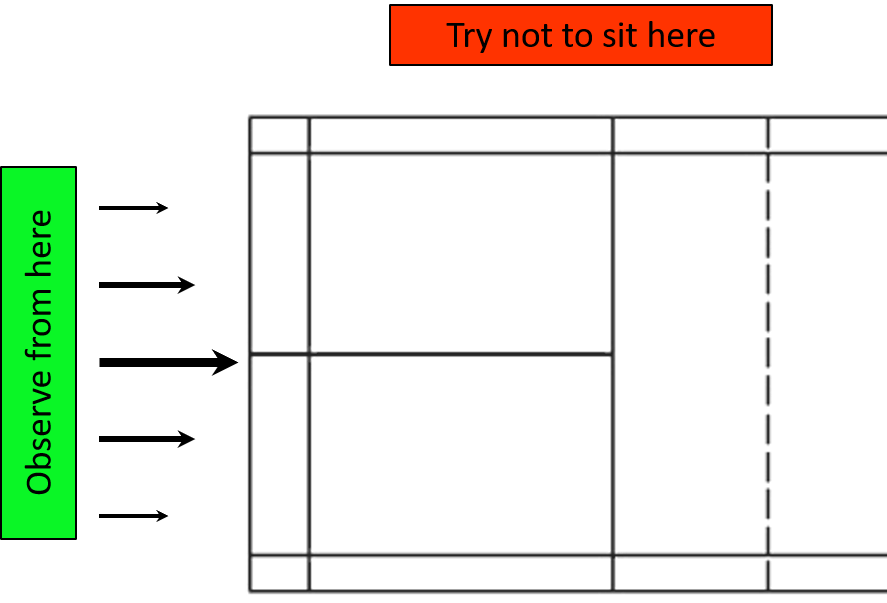 Sit behind the court. If you sit at the side of the court you may get a headache 🙁
Sit behind the court. If you sit at the side of the court you may get a headache 🙁
Try varying where you observe from but often its best to sit directly behind the court at a slightly raised level.
Observing from the side is difficult as you will have to move your head from side to side to follow the shuttle.
Sitting directly behind the court you will see a player’s movements towards the shuttle and in recovery more easily.
You may find that you can imagine playing the rally yourself when sitting behind. You will be able to see the preparation and movement of the opponent, just as the player in front of you is doing. This anticipation aspect is very important and often is what separates good players from great players.
I recommend that you try to sit by yourself without the distraction of a friend chatting to you
The game will only last 15 – 20 minutes, I’m sure you can resist talking that long
– – – – – – – – – – – – – – – –
2 Decide what to look for
 Regular observations of a player give the opportunity to focus on one element. The more you watch that player, the more specific things you will see.
Regular observations of a player give the opportunity to focus on one element. The more you watch that player, the more specific things you will see.
Repeated observations allow you to choose between technical or tactical or mental aspects.
Prepare yourself before the match by recalling what you observed last time with that player. Set out to see if what you think happened previously, happens again.
Keep an open mind and look for these
Check to see how players actually move on the court and compare to the model you adhere to.
Think about the information that you were taught on your Coach Education course. Is it happening right in front of you?
Time spent observing small elements will help define your beliefs: does what you believe actually happen.
Here are some I’ve heard and that you could look for next time
- Do elite male players “take 3 steps to get everywhere around the court”?
- Do elite male players “chasse rather than run”? What do your players use?
- Is the recovery from RTH a chasse, step or run? Does it change on the shot they play?
- How do Word Class players stop when lunging g forwards, is it always the same. Would you encourage this in your players?
- What’s the overhead racket preparation like for Caroline Marin or Tai Tzu-Ying
– – – – – – – – – – – – – – – –
3 Record them
Carry a notebook and use it
Do not rely on your memory to be specific over a long period of time. Even after one day at an event will be difficult to recall. Observations not recorded may become unsound very quickly.
Keeping a record of what you see will help you prepare for future observations and decisions for coaching or feedback.
Reviewing your records will also allow you to see where your focus was during the match.
When I look at my notes it’s a mixture of statement and questions. Often I will just write whatever I see and then try and review it later. Don’t look for reasons, record what you see.
I recommend that you record the score alongside your note. It’s amazing how many things only happen at those critical points in a match.
Recording the score will give you that added bit of critical information.
Be aware of not only recording negative aspects.
Look out for things that hight the players improved performance
Try to record something positive from every session
– – – – – – – – – – – – – – – –
4 Notation methods
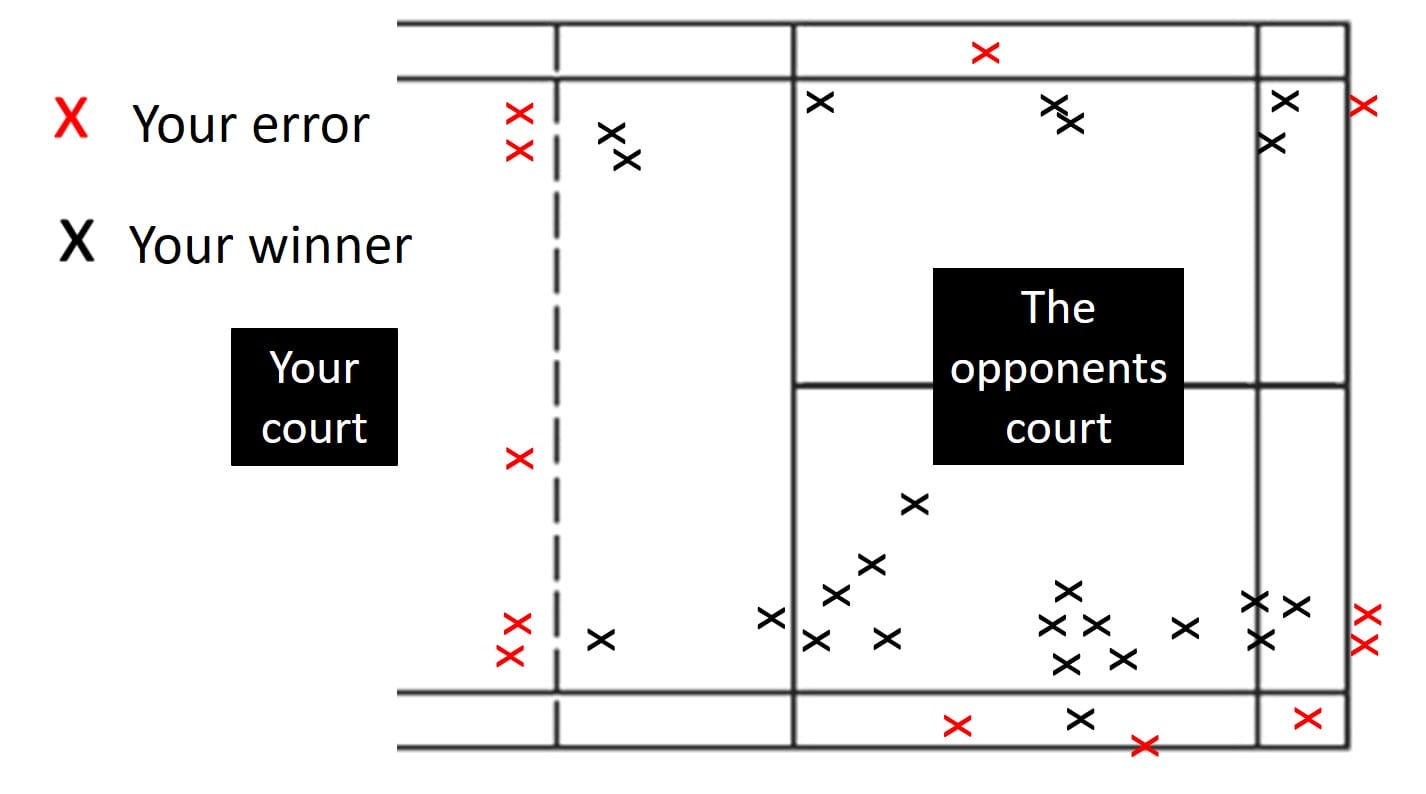 There are many tried and tested methods. The most effective way is to use a pen and paper and not your memory.
There are many tried and tested methods. The most effective way is to use a pen and paper and not your memory.
However, all notations must be quick to allow for observations.
Some methods use pre-printed sheets to allow for a systematic approach and can be used to notate each stroke in the rally. Others record by code the length of the rally, who served, who won and with which stroke.
I will write a post soon called 6 Ways to record a Badminton Match, look out for it.
Why not send me an example of the methods you use and we can work together to create a fantastic post to help other coaches
Simple observations written in short bursts can be equally effective.
They can be reviewed immediately after the game or later prior to training.
– – – – – – – – – – – – – – – –
5 It’s tough at the start
Initially, you may find that there isn’t enough time to record your findings.
The gap between rallies can seem very short. Some players take so little time between rallies that you may wish to record this if you coach one or both of them!
There is much to be gained about the benefits of a deliberate ‘rally break’ in a later 6 ways…. click here to read more
If you see lots of different aspects and feel overwhelmed, don’t worry. The more you become aware of the more you will want to record.
Try sitting next to someone who is used to taking notes and ask them what they record
Selecting what to record is just as difficult as deciding how to capture the information
– – – – – – – – – – – – – – – –
6 It’s a skill to be developed
Here is a summary of the best advice given to me
- Don’t be too hard on yourself, if you miss details. Hopefully observing should always be a pleasurable experience!
- Record Questions as well as Statements
- Over time you view a particular movement or part of the court again and again. Take pleasure in knowing you will see more each time.
- Develop your skill through practice and you will become more effective. As you gain experience you will find that your mind will simultaneously absorb and analyse several elements of a game.
- Your observations will gradually increase in complexity
- Don’t always look for absolutes such as rally ending shot
- Look for where the movements are initiated, trace a technique through its movement, identify causes of winners or errors
- The more you practice your observations the more you will see. Trust your instincts and allow them to develop.
– – – – – – – – – – – – – – – –
A quick story
Three coaches watching the same match.
… One exclaims “did you see that return”
… The second adds “that happened the last time they received a low serve from the LH court”
… Third coach replies “which player are you two watching!”

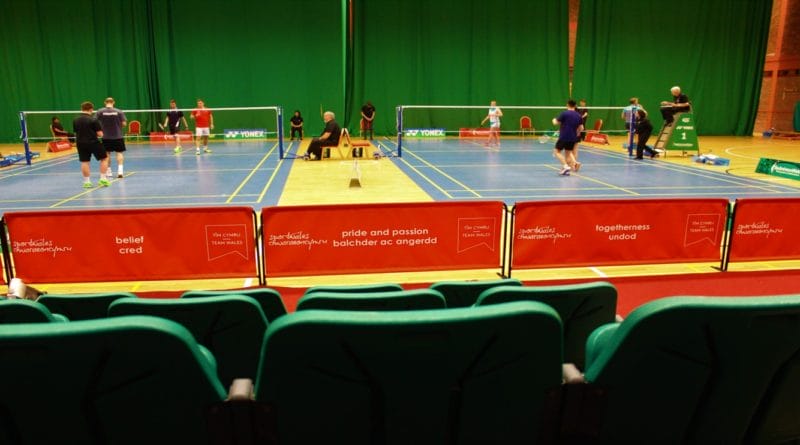
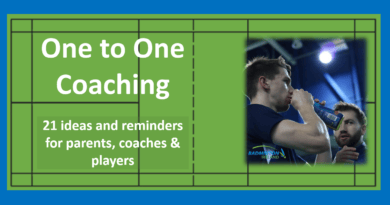
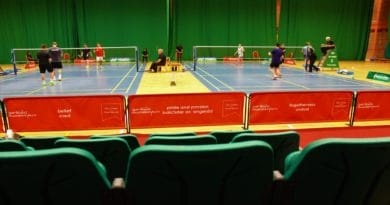
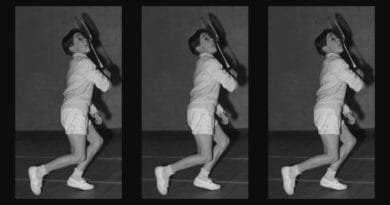
Interesting post. Can you share more ideas about what to observe when you watch (Point 2)?
I think it is an interesting time for this because many players are doing a lot of video analysis at home and can use ideas on what key things to watch out for.